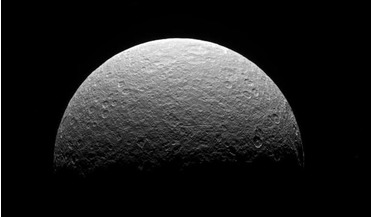 05 February 2021
Hydrazine might be present on Rhea, new study says
05 February 2021
Hydrazine might be present on Rhea, new study says
...some. Using its Ultraviolet Imaging Spectrograph (UVIS) – an instrument that separates incoming light by its wavelength or frequency – Cassini was tasked with determining the chemical compounds that made up the Saturn moon’s surfaces. However a later...
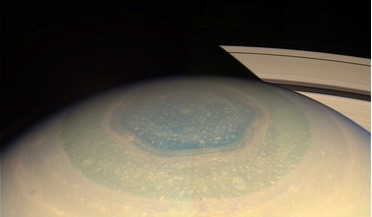 17 September 2018
Newly discovered vortex on Saturn could be part of a huge towering structure
17 September 2018
Newly discovered vortex on Saturn could be part of a huge towering structure
... simply need to know more. It’s quite frustrating that we only discovered this stratospheric hexagon right at the end of Cassini’s lifespan,” added Fletcher. These stunning northern hexagon vortexes are a sharp contrast to Saturn’s south pole, which...
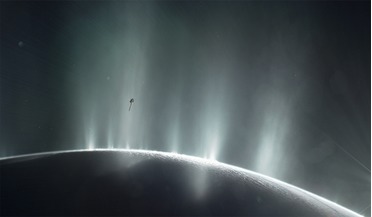 06 November 2017
Enceladus more active than previously thought
06 November 2017
Enceladus more active than previously thought
...million years. Now, an international team of scientists working on Cassini gravity data say they have an answer; a porous core... missions with instruments more sophisticated than those used by Cassini in order to analyse the organic molecules found in ...
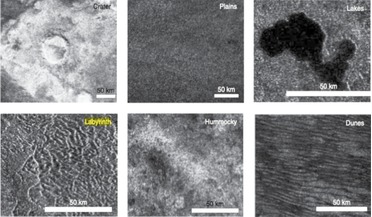 18 November 2019
First global geological map of Titan unveiled
18 November 2019
First global geological map of Titan unveiled
... Titan captured the imagination of enthusiasts everywhere when Cassini and the Huygens probe beamed back pictures of ...across the globe using radar and infrared data from the Cassini orbiter spacecraft. Lopes and colleagues work indicates that Titan’s ...
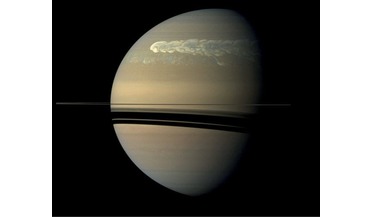 16 August 2021
Saturn's rings help reveal the planet has a "fuzzy" core
16 August 2021
Saturn's rings help reveal the planet has a "fuzzy" core
..., Saturn’s predominantly hydrogen atmosphere is also noteworthy. Saturn's gaseous atmosphere is so immense, it crushed and vaporised NASA’s Cassini spacecraft when it ended its mission by diving into the giant planet in 2017. It is also what stops...
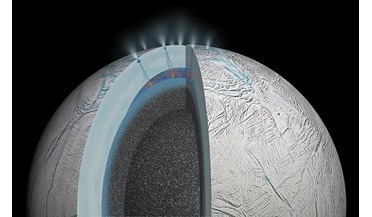 07 July 2021
Methane detected on Enceladus could be a sign of life, study shows
07 July 2021
Methane detected on Enceladus could be a sign of life, study shows
... was piqued in this tiny Saturnian moon when in 2005 Cassini discovered jets of icy particles, laced with a brew of...methane explain the surprisingly large amount of methane detected by Cassini?" said Regis Ferriere, an associate professor in the ...